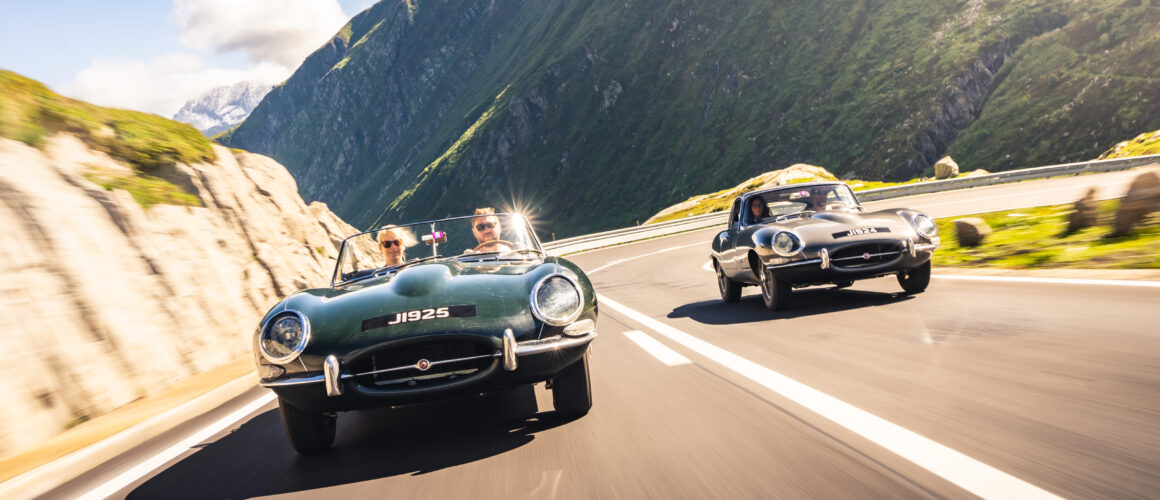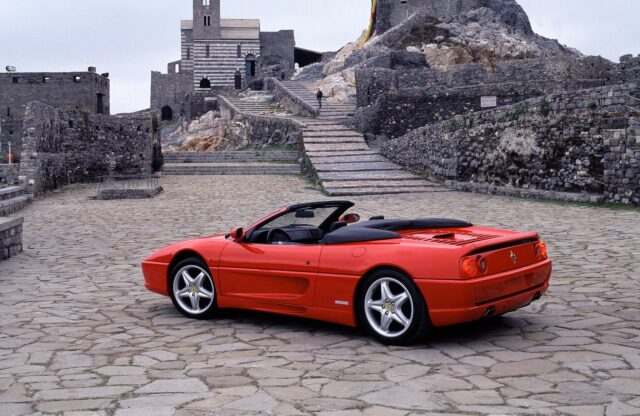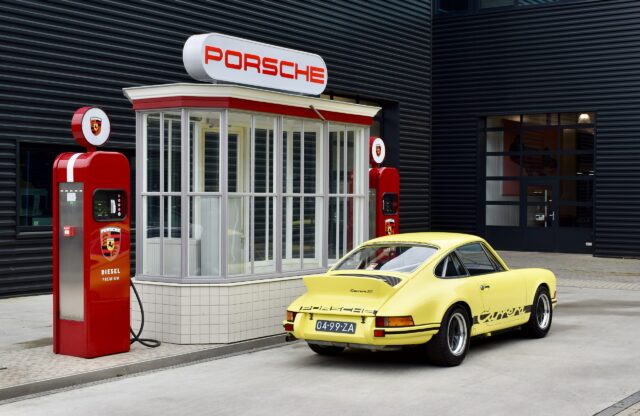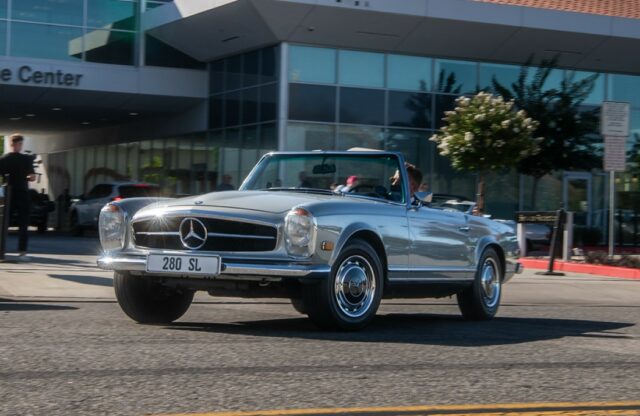WORDS: ELLIOTT HUGHES | PHOTOS: JAGUAR, EAGLE E-TYPES
Era-defining, glamorous, iconic, a national treasure; just a few apt terms used to describe the Jaguar E-type. Sixty years on from its debut, is this a good time to consider taking ownership of Britain’s most famous sports car?
This article first appeared in Magneto 10.
The E-type’s story began with its unveiling on March 15, 1961 at the Geneva Motor Show. The tale has gone down in the annals of history, but suffice to say Jaguar boss Sir William Lyons was very happy with the 500 orders that had been placed by the end of the show.
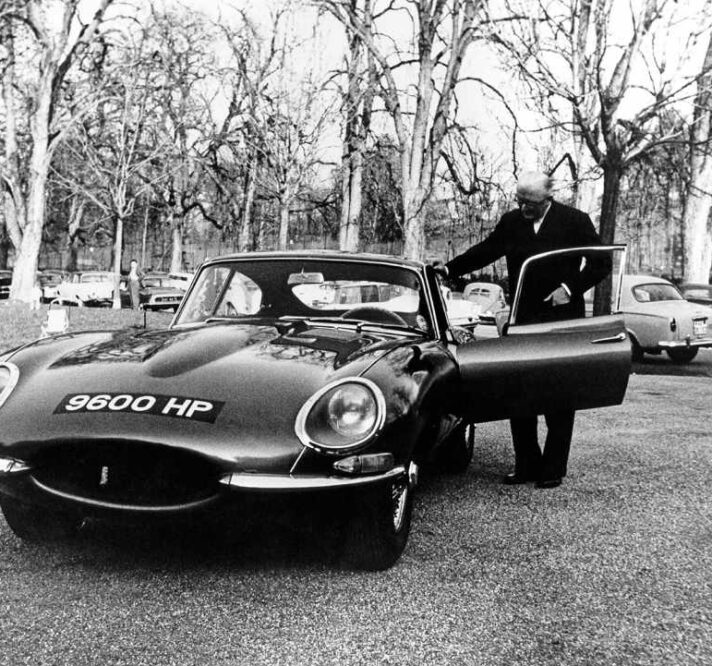
The E-type's glamorous looks and race tech rapidly turned it into a 1960s icon
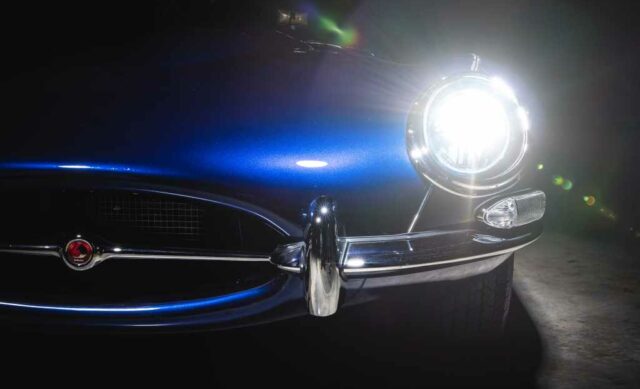

So, why did the E-type make such a visceral impression? Let’s start with the obvious; its looks. Enzo Ferrari famously described it as “the most beautiful car in the world”. Malcolm Sayer’s sculptural bodywork is an early example of aerodynamic automotive styling.
Then there’s the performance. Upon its release, the E-type was the world’s fastest production car, capable of 153mph and 0-60mph in less than seven seconds.
This was thanks to Jaguar’s straight-six XK engine, which had propelled the car’s C-type and D-type predecessors to a total of five Le Mans victories between them. Then there was the E-type’s fully independent suspension set-up, disc brakes and monocoque construction, all of which were rarities for road cars of the era.
Finally, and perhaps most importantly, there was the price. At £38,000 ($52,392) in today’s money, it was half the cost of a Ferrari, Porsche or Aston Martin.
The E-type’s race tech and glamorous looks rapidly turned it into an icon of the 1960s, as stars such as Frank Sinatra, Brigitte Bardot and Steve McQueen all took delivery. It was produced for 14 years through three series, and remains as popular as ever today.
In celebration of this iconic car’s 60th birthday, Jaguar Classic also built four matching pairs of Series 1 Continuation models.
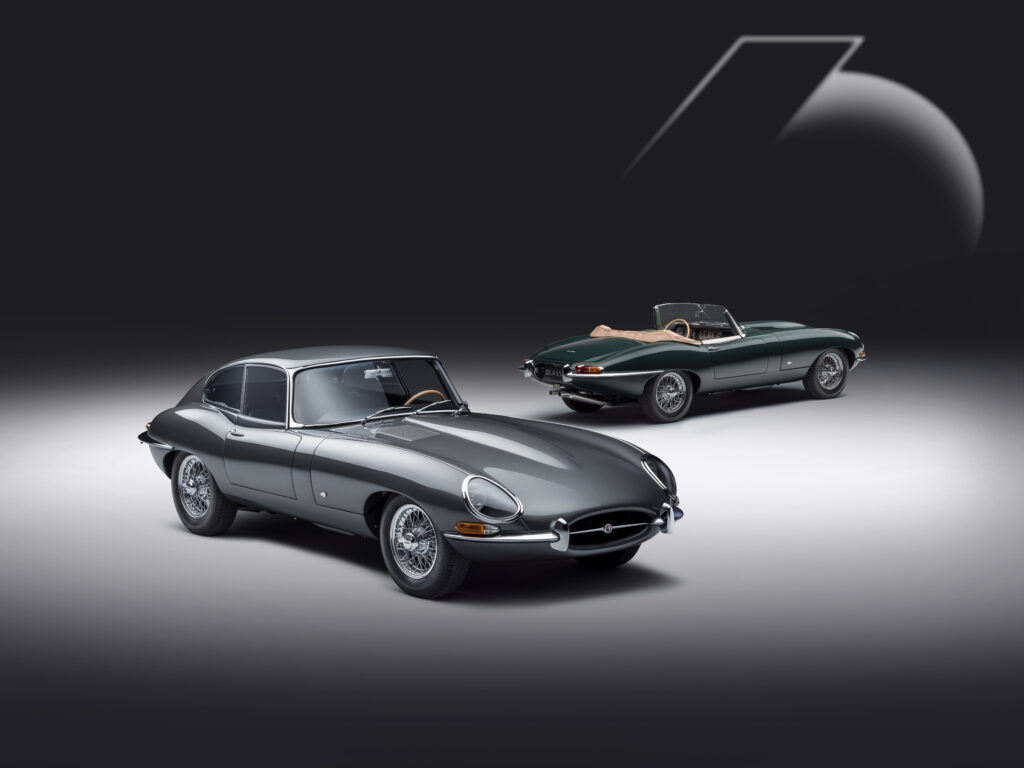
THE VALUE PROPOSITION
Jaguar built 67,300 E-types, far more than comparable offerings produced in Maranello, Stuttgart or Newport Pagnell. Even though it’s fairly common for a 1960s sports car, it still commands strong prices, while after years of sitting at its nadir in terms of value, plenty of examples have succumbed to rust and neglect.
At the top of the pile for rarity, desirability and high value is the homologation Series 1 Lightweight. Originally, just 12 of a planned 18 were built, and they now sell for £5 million-£8 million ($6.8m-$10.9m). Jaguar Classic built the remaining six cars back in 2015 for a price of £1.2m each ($1.6m).
Of the standard cars, E-type UK’s Marcus Holland says the early 3.8-litres are always popular. The 1961-1964 ‘flat-floor’ Series 1s are generally the most sought after by collectors, who value rare features such as the welded bonnet louvres and aluminium dashboard trim.
The price? Hagerty suggests £53,900-£109,000 (or $91,900-$321,000 in the US market) for an outside-bonnet-latch, flat-floor Series 1 Fixed-Head Coupé (FHC), and £67,100-£141,000 ($103,000-$338,000) for a Roadster. Early S1s without these features are a little less collectable, which is reflected in the price; Hagerty values a base 1963 FHC at £35,800-£102,000 ($92,800-$321,000) and a Roadster of the same year at £47,100-£131,000 ($62,100-$362,000).
Driving-focused Series 1 buyers often choose the post-1964 4.2-litre. These had more torque, and an all-synchromesh Jaguar ’box that replaced the earlier and less user-friendly Moss unit.
The 4.2 cars also had improved brakes, more comfortable seats and an alternator. Post-1964 cars are marginally more affordable; they’re valued at £32,000-£94,500 ($65,600-$282,000) for a 1965 Coupé, and £44,000-£130,000 ($76,500-$355,000) for a Roadster.
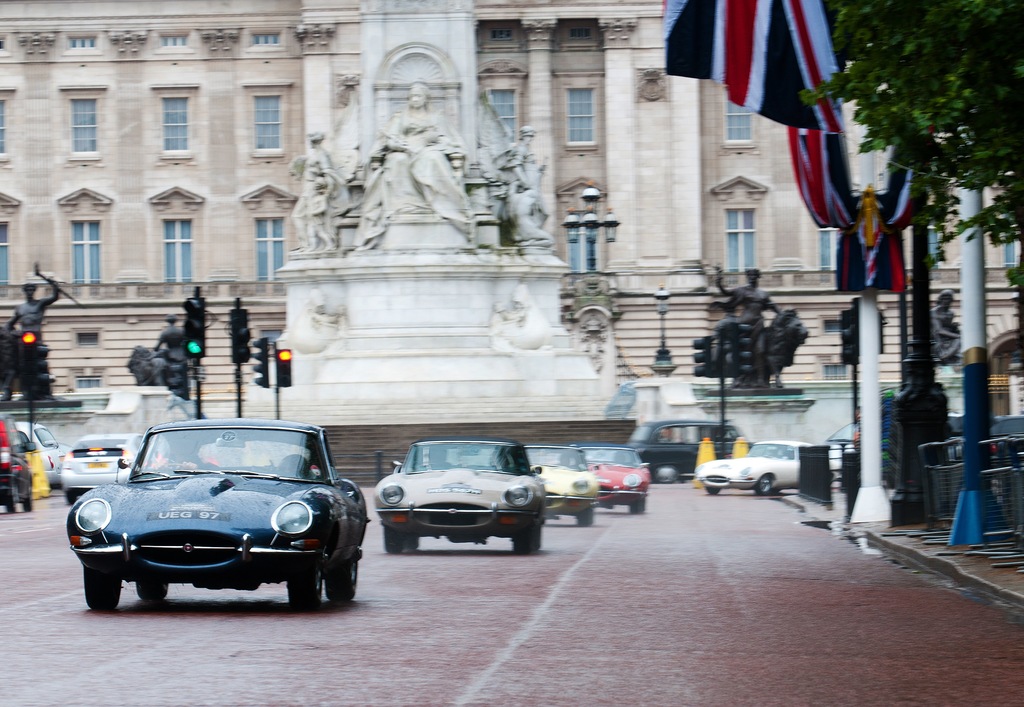
In 1966, Jaguar released the 2+2 Coupé, which is by far the most affordable Series 1, priced from £16,000-£58,500 ($43,100-$155,000). The 2+2 was longer, wider and had a higher roofline, and many regard it as being less aesthetically appealing than the Roadster and Coupé. However, it still makes an excellent long-distance GT, especially if it’s specced with the optional Borg-Warner Model 8 three-speed ’box and air-con.
The Series 1s were phased out in 1968, and the cars built in the previous year adopted many of the features that made their way into the Series 2 – most notably, open headlights. These Series 1.5 cars represent a sweet spot for buyers who want the Series 1 looks and drive for less: “If joining the closed-headlight club doesn’t interest you, you can enjoy a proper Series 1 at a much more attainable level,” says Daniel Cogger from specialist Eagle E-types. Hagerty prices Series 1.5s between £12,000 ($37,200) for a 2+2 and £97,200 ($221,000) for an immaculate Roadster. A concours Coupé sits at £70,800 ($126,000).
The Series 2 came in 1968, with aesthetic changes brought about by increasingly exacting US safety legislation. Those open headlights were repositioned, along with the front-indicator and rear-light clusters, which were moved below new wrap-around chrome bumpers. The grille was enlarged for better cooling, and the dual exhausts were routed to the edges of the bumper rather than the middle.
Inside, rockers replaced the toggle switchgear and the ignition was moved to the steering column. The seats gained a reclining mechanism and headrests. Stylistic changes aside, braking and cooling refinements and a power-steering option mean the Series 2 is widely regarded as the best six-cylinder E-type to drive. It also brought the car in line with its growing competition, although a move from triple SUs to twin Stromberg carbs for emissions purposes limited US cars to 171bhp. The well sorted Series 2 starts at £33,800 ($48,300) and £25,100 ($30,200) for the Roadster and Coupé respectively, climbing to £105,800 ($200,000) and £75,700 ($132,000) for an immaculate car. The 2+2 ranges from £18,900 ($25,500) to £50,200 ($100,000).
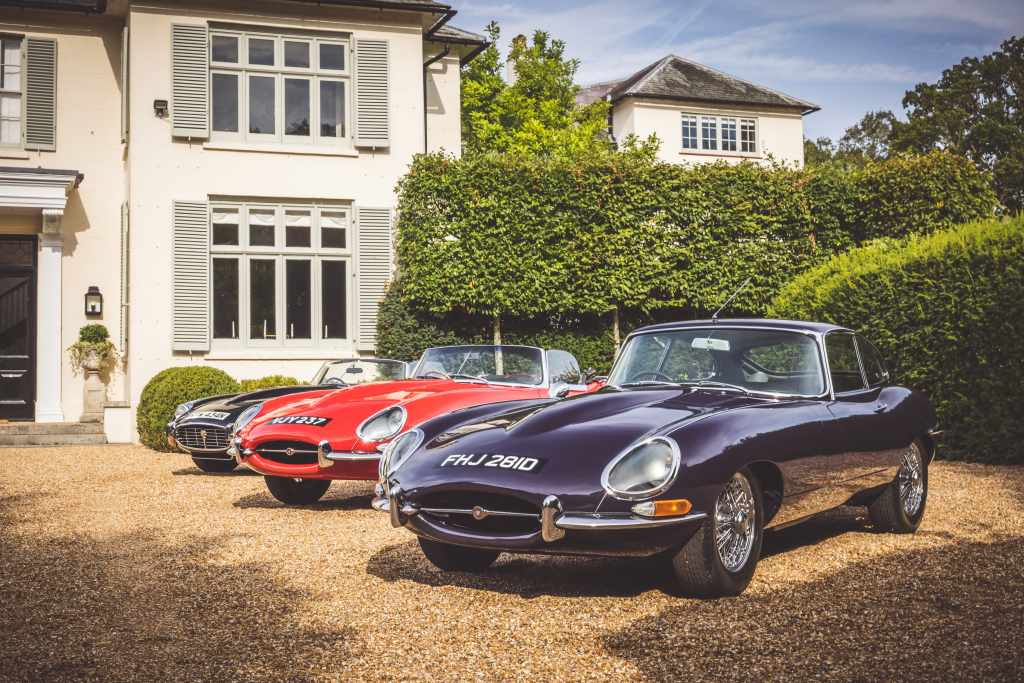
These lower prices are certainly temptatious, but after decades of being overlooked for earlier cars, plenty of examples harbour costly-to-rectify problems. Remember, restoration costs remain broadly the same regardless of the car.
The V12-engined Series 3 came in 1970, and represents the biggest visual departure from what went before, as the 2+2 chassis became the basis for the range. Obvious changes are the flared wheelarches accommodating a wider track, and the redesigned, slatted grille.
While the S3 is still excellent, it attracts aesthetic criticism often aimed at US cars with ungainly rubber bumpers. Also, the 1970s oil crisis repelled buyers from thirsty V8s and V12s. Worse still, the roadster bodystyle was under attack from US safety campaigners who threatened to expunge such sports cars from existence altogether.
All this has kept prices relatively affordable, but the market is now waking up to the merits of the S3: “We’re seeing a focus on the V12s, with people enjoying what they offer as a GT,” says Marcus Holland.
Currently, a 1973 2+2 ranges from £18,500 ($37,100) to £55,300 ($143,000), and a Roadster from £33,600 ($52,200) to £93,500 ($235,000). Prices could climb if market interest increases; after all, the Roadster is arguably the Ferrari Daytona’s only contemporary rival as an open-top V12.
The most coveted S3s are the Commemorative special editions; the final 50 RHD E-types, which wore a brass plaque, black paint and cinnamon leather trim – except for a sole green example. Commemorative models attract a small premium over other comparable Series 3 cars.
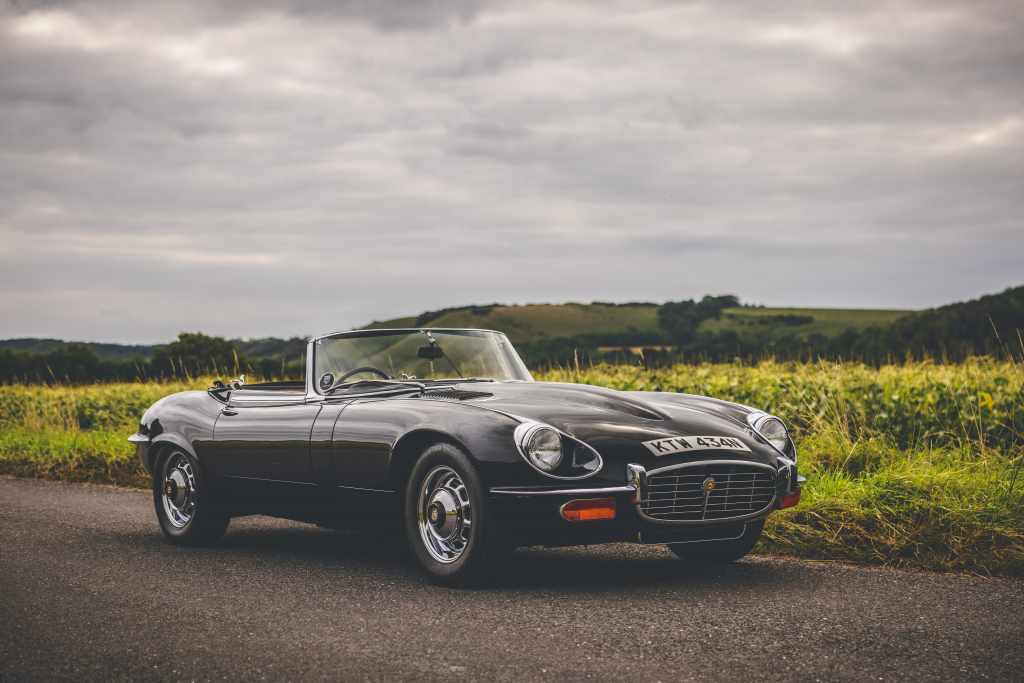
THE DESIRABILITY FACTOR
E-type buyers aren’t deprived of choice. The three series, multiple bodystyles and equally brilliant six-cylinders and V12s give myriad options. The most rudimentary differentiator is paint and trim colours. “The most popular to date is Opalescent Silver Grey with Oxblood Red interior,” Marcus says. Any colour listed on the Jaguar Heritage Certificate is sure to heighten desirability, however.
If you’re looking for rarity, provenance or originality, early S1s, limited editions or cars with an interesting story will fit the bill. A comprehensive history and factory RHD status are also valuable; over 70 percent of E-types went to the US, so RHD cars are quite rare.
Most buyers will ostensibly want a driveable weekend classic, and there are plenty of options. The benefit of the 3.8-litre cars lies in the engine’s rev-happy nature, while a Series 2 is considered the best compromise that remains faithful to Malcolm Sayer’s original design while being more obtainable. The 4.2 engine is torquier and slightly less eager to rev, but it retains its character and has improved brakes, gearbox and cooling.
Seen as the E-type entry point, the Series 3 offers most of the earlier models’ charms in a larger, less frenetic package. The V12’s glorious power and sound complement the car’s larger, more luxury-focused character. A very limited number had the 4.2 straight-six instead.
If originality isn’t a concern, a broad range of aftermarket parts can help with braking, cooling and other upgrades. Increasingly, five-speed gearboxes are being fitted, but customers usually retain their original unit, to preserve the car’s numbers-matching status. The ultimate upgrade is the growing popularity of restomods, such as those made famous by Eagle; comprehensive, high-end, ground-up overhauls.
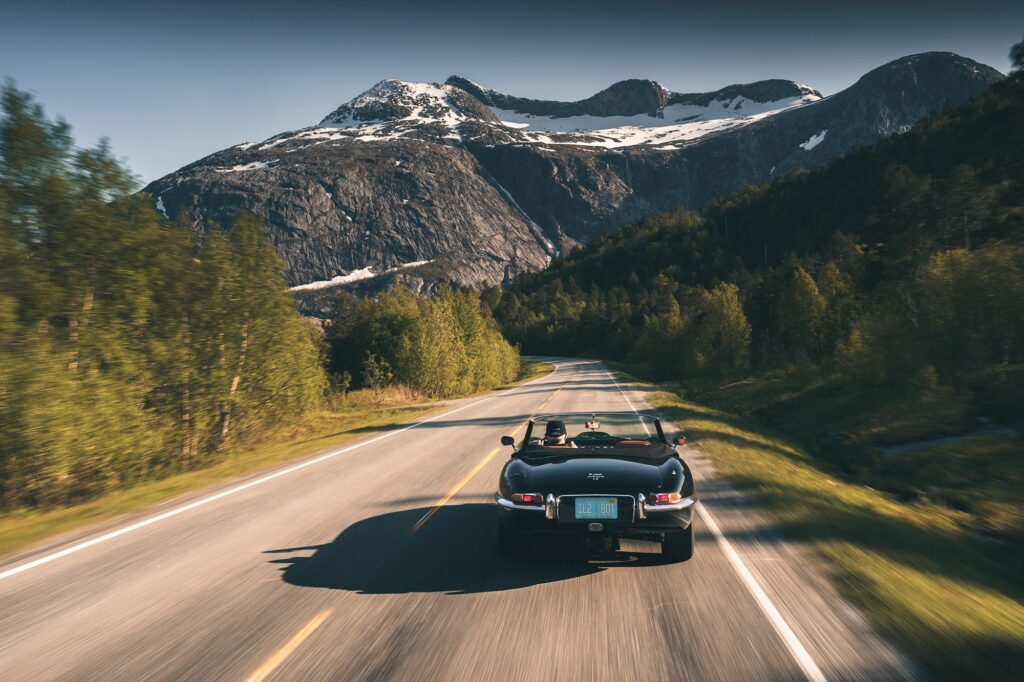
THE NUTS AND BOLTS
The E-type is a usable and relatively practical classic that is still excellent to drive. A big reason behind why it holds up today is its cutting-edge monocoque chassis at a time when body-on-frame sports cars were commonplace. Today, that monocoque is a double-edged sword, because it is adept at hiding underlying rust. Naturally, this is the first thing to be wary of. The best way to avoid a car plagued by rot is by obtaining one that’s been thoroughly restored by a reputable specialist, although the price will be high. Poor work that amounts to a shiny new paint job can fool all but the most seasoned of specialists, so extreme caution is the order of the day.
More positively, cars that have been switched from LHD to RHD, or have non-matching numbers, aren’t necessarily a concern. A common bulkhead makes for an easy conversion from America’s more numerous LHD models, while differing numbers aren’t unusual due to the volume of E-types built. The XK straight-six was vulnerable to frost damage, so many cars simply had replacement engines. Those unconcerned with originality shouldn’t be deterred.
Straight-six head-gasket issues are common. With the car running, open the radiator cap and look for tell-tale bubbling or foam. Another symptom is foam or water on the underside of the oil-filler cap.
Look for dirty oil, and beware of old coolant or leaks, particularly on the V12; overheating can lead to warped cylinder heads. V12s also need to be driven regularly: “They don’t respond well to static display, so a car that has been used little and often will likely be a better prospect than one that hasn’t moved for years,” Daniel says.
Rough running could mean the carburettors need adjusting, particularly on straight-sixes. Idling oil pressure should read at 40psi on the straight-six and 60psi on the V12, and there should be no untoward rattling or excessive blue exhaust smoke; engine rebuilds are very costly: “Upwards of £6000, or even £10,000 for a V12,” says Moss Jaguar’s Angus Moss. He also advises buyers to be diligent with slipping clutches or a whining or leaky rear differential: “A clutch replacement is an engine-out job, and a diff rebuild costs about £1000, plus another two days’ labour to strip and rebuild the back axle.”
An E-type that feels nervous or uncomposed on the move may simply require a realignment job. However, do check for leaky dampers, split gaiters, worn bushings and the presence of rust on the suspension mountings.
Other areas that are vulnerable to corrosion are the engine rails –particularly next to the battery – floorpan, boot floor, door bottoms, front valance, rear arches and inside bonnet seams. Notoriously difficult to align and expensive to replace, bonnets are also susceptible to damage underneath from being opened on uneven ground.

THE FINAL DECISION
In all its forms the E-type is the definitive classic sports car, and its timeless appeal has remained steadfast over the decades. Its popularity has transcended car culture, and it has become a bona fide icon in its own right. As well as its rosta of celebrity drivers, it was the third car ever to be inducted into the Museum of Modern Art.
If rarity and collectability are your bag, an early car with a high level of originality and documentation could be the answer. If not, a limited edition or one with celebrity provenance certainly would be.
Want the perfect car to enjoy on the weekend? Opt for either a Series 2 or Series 3 in rust-free, well maintained condition, as these deliver the E-type experience in spades without the high outlay of cars favoured by collectors.
Restomod models add another dimension, by seductively fusing modern engineering with the E-type’s charm. These can be as expensive and desirable as most other examples in their own right.
Such is the Jaguar’s allure, if you find an honest car there really are no wrong decisions here.
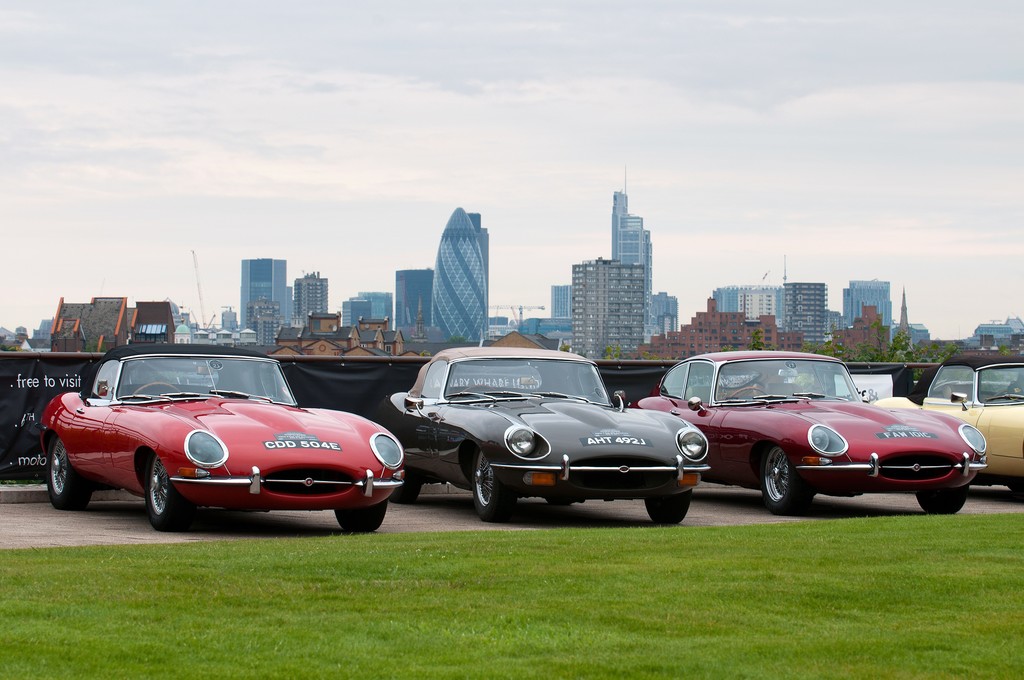
THE DETAILS
1961-1970 JAGUAR E-TYPE SERIES 1-2
ENGINE: STRAIGHT-SIX, 3.8-LITRE (S1), 4.2 (S1.5 AND S2)
POWER: 265BHP
TOP SPEED: 151-153MPH
0-60MPH: 6.7-7.0 SECONDS
1970-1974 JAGUAR E-TYPE SERIES 3
ENGINE: V12, 5.3-LITRE
POWER: 272BHP
TOP SPEED: 148MPH
0-60MPH: 6.4 SECONDS
Thanks to Eagle E-types, E-type UK and Moss Jaguar.
